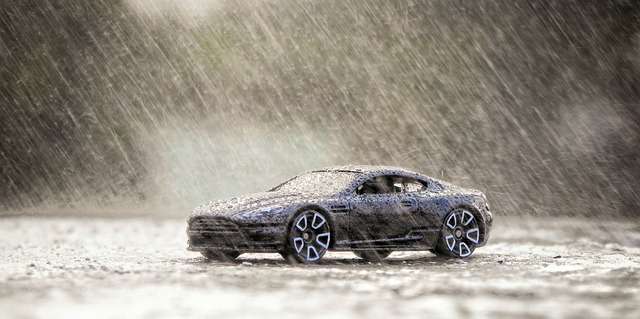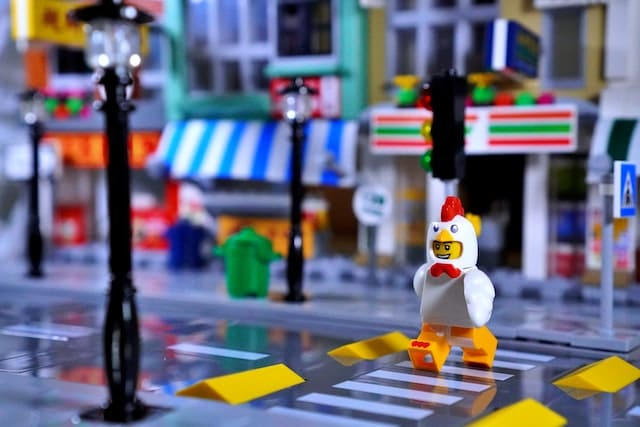Capturing dramatic shadows in figurine photography starts with smart lighting. Use a single light source angled strategically to create striking contrasts. This maximizes depth and adds emotion to your photos. Consider the light's color temperature for mood—warm for coziness, cool for somber tones. A solid backdrop and effective prop use will enhance your scene without overshadowing your figurine. Experiment with camera angles to change mood, using low angles for power or high angles for innocence. Post-shot, use editing software to enhance shadows carefully while maintaining detail. You'll soon be crafting dynamic, intriguing figurine photos that captivate viewers even further.
Understanding Dramatic Shadows
Dramatic shadows can transform your figurine photography from mundane to mesmerizing. Shadows add depth, intrigue, and emotion to your images, making them stand out. By focusing on shadows, you can create a mood or story that draws viewers in. Start by observing how light interacts with your figurine. Notice how it casts shadows that emphasize shape and texture, adding a layer of complexity to your composition.
To understand dramatic shadows, pay attention to light direction. When light hits your figurine from an angle, it creates longer, more defined shadows, enhancing the dramatic effect. Experiment with positioning your figurine at different angles to see how shadows change. This experimentation will help you grasp how shadows can accentuate details and create dynamic compositions.
Another key aspect is contrast. High contrast between light and shadow can highlight your figurine's features and create striking visuals. Try using a single light source to get those sharp, contrasting shadows. It's important to adjust your exposure settings to guarantee both the shadows and highlights are visible, maintaining detail without overexposing or underexposing parts of your image. Understanding these elements will elevate your figurine photography to new heights.
Choosing the Right Lighting
To achieve stunning figurine photography, selecting the right lighting is essential. You control how shadows fall on your figurines, accentuating their features and adding depth. Start by choosing the light source. Natural light can provide soft, even illumination, while artificial lighting gives you more control over intensity and direction.
Consider the mood you want to convey. For dramatic shadows, use a single light source. A desk lamp or even a flashlight will work. Position it at an angle to your figurine to create long, striking shadows. Experiment with the distance; closer light sources create sharper, more defined shadows.
Don't forget about the color temperature of your light. Warmer light can add a cozy, intimate feel, while cooler light creates a stark, dramatic effect. You can use colored gels over your light source to experiment with different moods.
Reflectors are also useful to balance shadows. A simple white card can bounce light back onto the figurine, softening harsh shadows if needed. Remember, the key to choosing the right lighting is experimentation. Try different setups and see what highlights your figurine's unique details and character.
Setting Up Your Scene

Creating the perfect scene for your figurine photography is essential for bringing them to life. Begin by choosing a backdrop that complements your figurine's theme. A simple, solid color can make your figurine pop, while a detailed background can add context and depth. Consider using textured surfaces, like fabric or wood, to introduce subtle complexity.
Next, arrange props thoughtfully to enhance your scene. Use small objects that fit the scale of your figurine, ensuring they don't overshadow your main subject. Props should tell a story or emphasize the figurine's character. For instance, if you're photographing a knight, miniature trees or castle walls could add a medieval feel.
Position your figurine to create dynamic compositions. Experiment with angles to find the most flattering perspective, avoiding awkward or unnatural poses. Aim for a balance between your figurine and its environment, ensuring neither dominates the frame. Consider incorporating props or backgrounds that complement the theme of your setup, adding depth and context to your shot. Lighting also plays a crucial role, so experiment with shadows and highlights to emphasize key features of your figurine. By combining these elements, you can effectively use action figures for scene storytelling, crafting immersive and engaging narratives through your compositions.
Selecting Figurines for Impact
Choosing figurines that make an impact in your photography involves considering several key factors. First, think about the theme or emotion you want to convey. Do you want a sense of mystery, joy, or perhaps nostalgia? The character and style of your figurines should align with this vision. Size and detail are also essential. Larger figurines with intricate details often create more dramatic shadows, adding depth to your photos. Pay attention to color as well; contrasting colors can make your subject pop against the background.
Here's a quick guide to help you select the right figurines:
| Factor | Consideration | Impact |
|---|---|---|
| Theme | Mystery, joy, nostalgia | Sets the mood |
| Size | Large or small | Affects shadow depth |
| Detail | Intricate or simple | Adds visual interest |
| Color | Contrasting or complementary | Enhances focus |
| Material | Matte or glossy | Influences light reflection |
Mastering Camera Angles

Once you've selected the perfect figurines, the next step is mastering camera angles to bring your subjects to life. Start by considering the story you want to tell. Each angle offers a unique perspective and can dramatically alter the mood of your photo. Try shooting from a low angle to make your figurine appear powerful and dominant. This perspective can emphasize their features and make them seem larger than life.
Experiment with high angles to convey vulnerability or innocence. This view can add a whimsical touch, especially if your figurines are small or cute. A side angle, on the other hand, can capture dynamic poses, making your figurines look ready for action. It's perfect for scenes where you want to showcase movement or interaction between multiple figures.
Always be conscious of the camera-to-subject distance. A close-up shot can highlight intricate details, while a wider shot might capture the entire ensemble in its environment. Don't hesitate to move around your figurine, exploring different positions and heights. Remember, subtle shifts can lead to dramatic changes in how shadows fall, enhancing the overall composition. With practice, you'll find the perfect angle to convey your artistic vision.
Editing Techniques for Shadows
Shadows, when edited skillfully, can add depth and intrigue to your figurine photography. Start by using editing software like Adobe Lightroom or Photoshop. These tools allow you to manipulate shadows precisely, enhancing the overall mood of your images. Begin by adjusting the contrast; increasing it can make shadows more pronounced, adding drama. Be cautious, though—too much contrast might lead to loss of detail.
Next, play with the shadow slider. Lightening shadows can reveal hidden figurine details, while darkening them adds mystery and focus. Always compare the before and after to verify you're enhancing, not overpowering, the subject.
The dodge and burn tools are your allies. Use the dodge tool to lighten areas where the shadow might be too harsh, and the burn tool to deepen shadows where needed. Subtlety is key; small, gradual changes often lead to the best results.
Frequently Asked Questions
How Can I Prevent Unwanted Reflections When Photographing Figurines?
You can prevent unwanted reflections by using a polarizing filter, positioning lights at angles to avoid direct hits, and using matte backgrounds. Adjust your camera settings to reduce glare, and always inspect for shiny surfaces.
What Are Some Tips for Using Natural Light Effectively?
Position your figurine near a window with indirect light. Use white paper or a reflector to bounce light and reduce harsh shadows. Avoid direct sunlight to prevent overexposure. Experiment with angles for the best lighting results.
How Do I Maintain Focus on Small Details in Figurine Photography?
Did you know 85% of photographers struggle with detail focus? Use a macro lens to capture intricate details. Keep your hands steady or use a tripod. Guarantee good lighting to highlight textures and maintain sharpness in your shots.
What Equipment Is Essential for Beginners in Figurine Photography?
You'll need a decent DSLR or mirrorless camera, a tripod for stability, a macro lens for close-ups, and good lighting. Start with basic equipment and upgrade as you learn. Don't forget memory cards and battery backups.
How Can I Ensure My Figurine Photos Remain Consistent in Style?
Consistency is the backbone of style. Stick to a specific lighting setup, color palette, and composition. Use the same camera settings and angles. Keep a reference log of what works, ensuring your photos don't stray from your unique vision.
At a Glance
You've now revealed the secret to capturing figurine photos with shadows that dance like whispers in the twilight. By choosing the right lighting and setting your scene with care, you breathe life into your figurines, turning them into enchanting storytellers. With the right angles and a touch of editing magic, your photos will echo with silent drama. So, embrace the shadows and let them weave their tales, transforming your images into timeless masterpieces.





